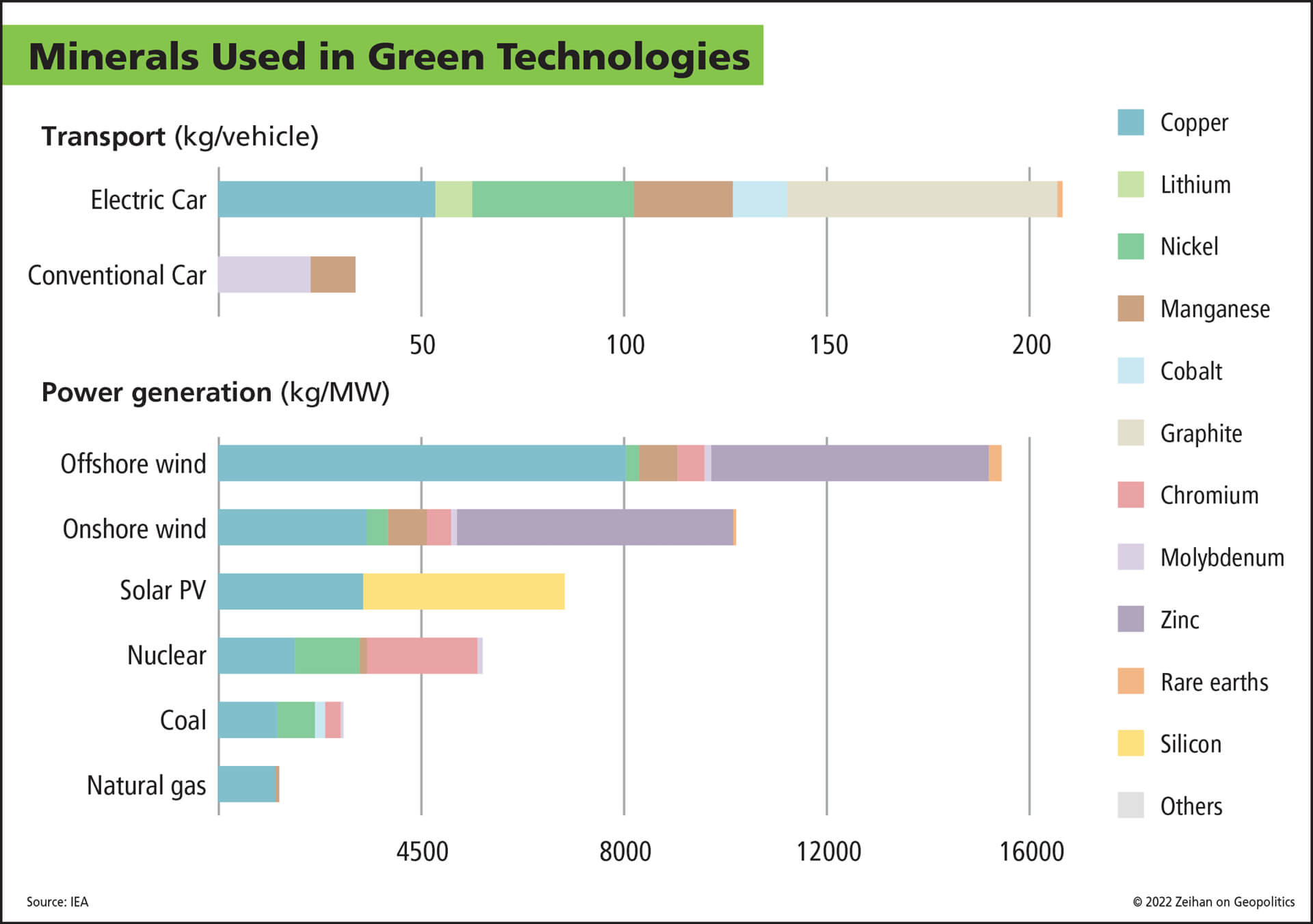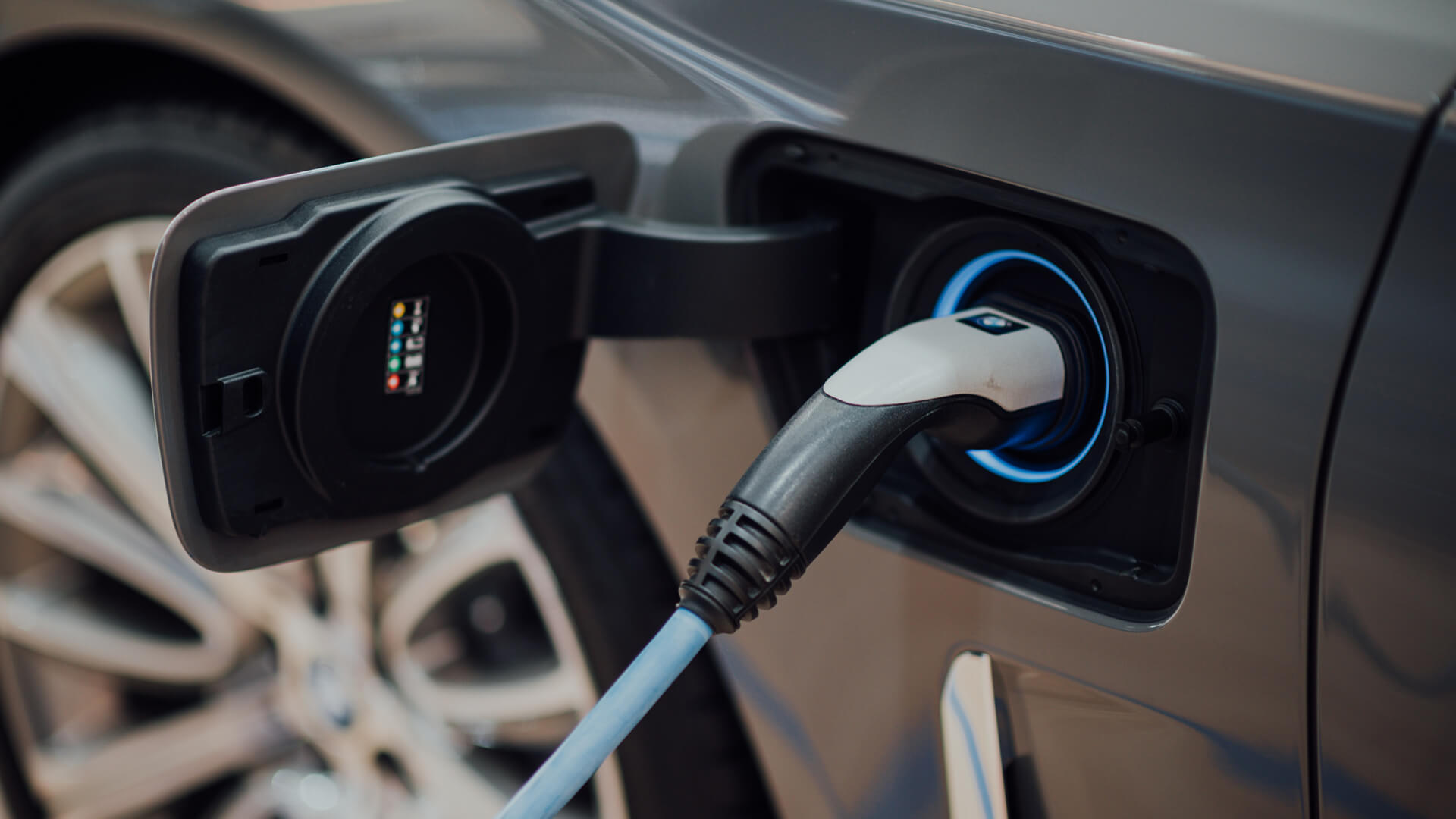My fourth book, The End of the World Is Just the Beginning: Mapping the Collapse of Globalization is scheduled for release on June 14. In coming weeks we will be sharing graphics and excerpts, along with info on how to preorder.
Much of the angst in geopolitics since 1950 has been about oil. The Americans promised their allies a safe, globalized economy. That required not only sourcing the oil, but then ensuring it could be transported to where it was consumed. And so the Americans by default had to guarantee both freedom of the seas and a degree of stability in the Middle East.
Looking back, the geopolitics of oil have proven to be surprisingly…straightforward. Oil exists in commercially accessible and viable volumes in only a few locations. We might not like the challenges of such locations, and those challenges may have absorbed an outsized chunk of everyone’s attention in the late-industrial and globalization eras, but at least we are familiar with them. You think that “moving on from oil” will put this issue to bed?
Just wait.
In “moving on from oil” we would be walking away from a complex and often-violent and always critical supply and transport system, only to replace it with at least ten more. A world in which we “electrify everything” requires an order of magnitude more copper and lithium and nickel and cobalt and graphite and chromium and zinc and rare earths and silicon and more. Take a peek at the graphic below from the industrial materials chapter of my upcoming book, The End of the World is Just the Beginning.
We won’t “simply” be dealing with Russia and Saudi Arabia and Iran; we will all need to engage regularly with Chile and Bolivia and Brazil and Japan and Italy and Peru and Mexico and Germany and the Philippines and Mozambique and South Africa and Guinea and Gabon and Indonesia and Australia and Congo and China and, oh yeah, still Russia.
The future is darker, and less green, than you think.









